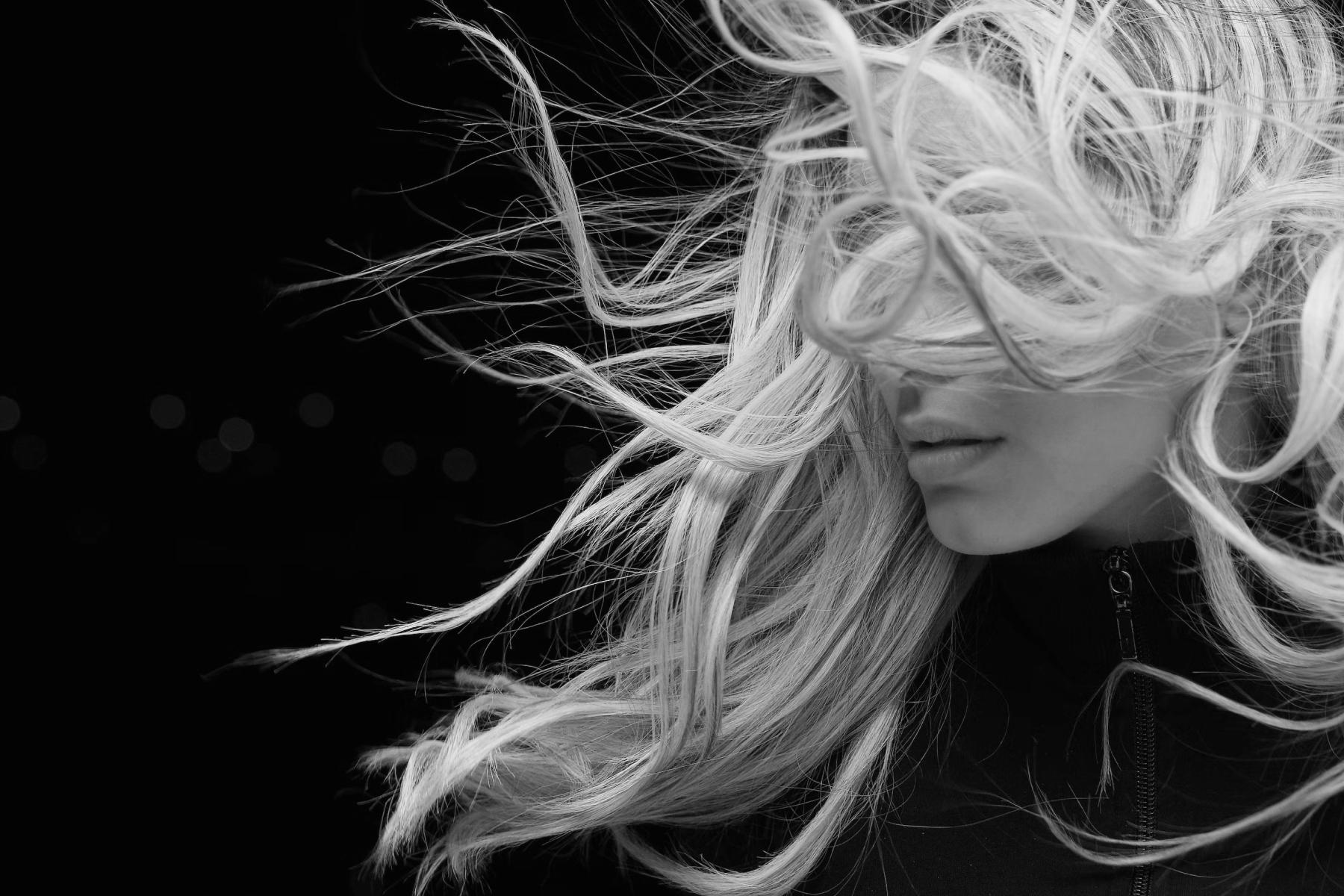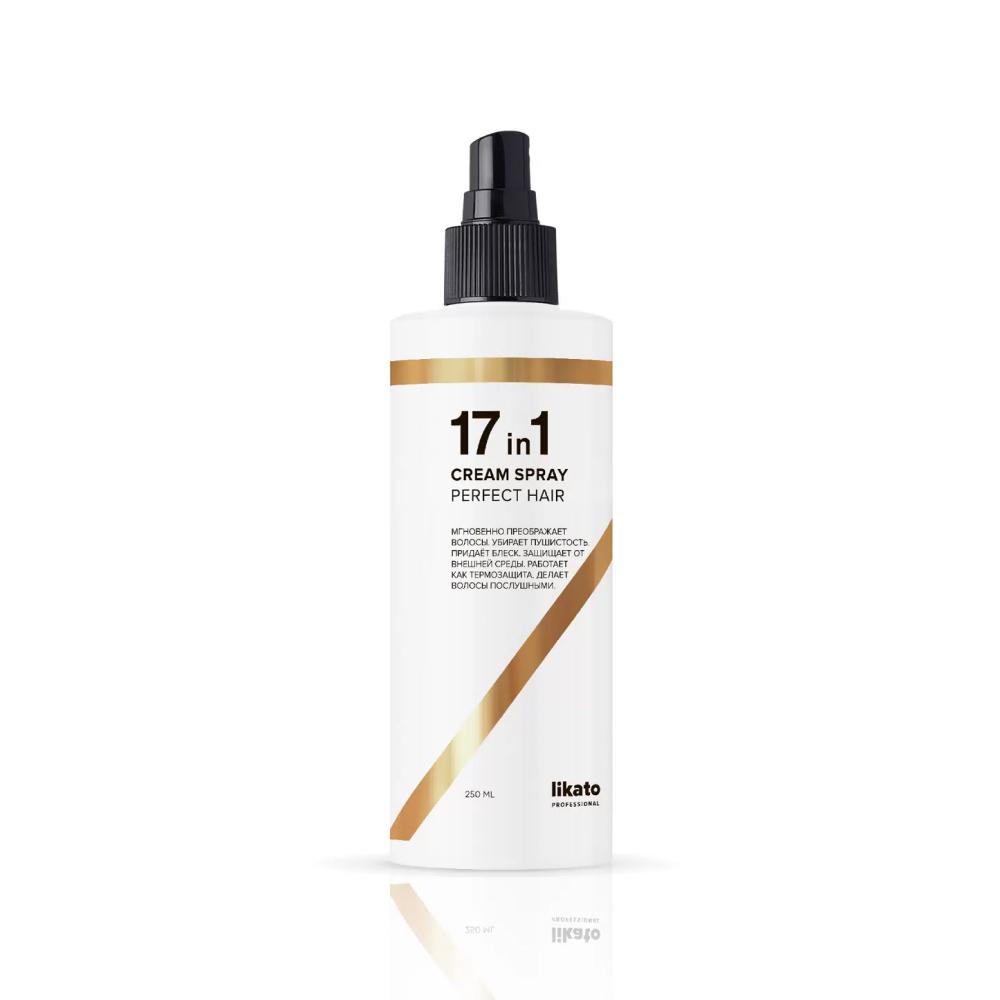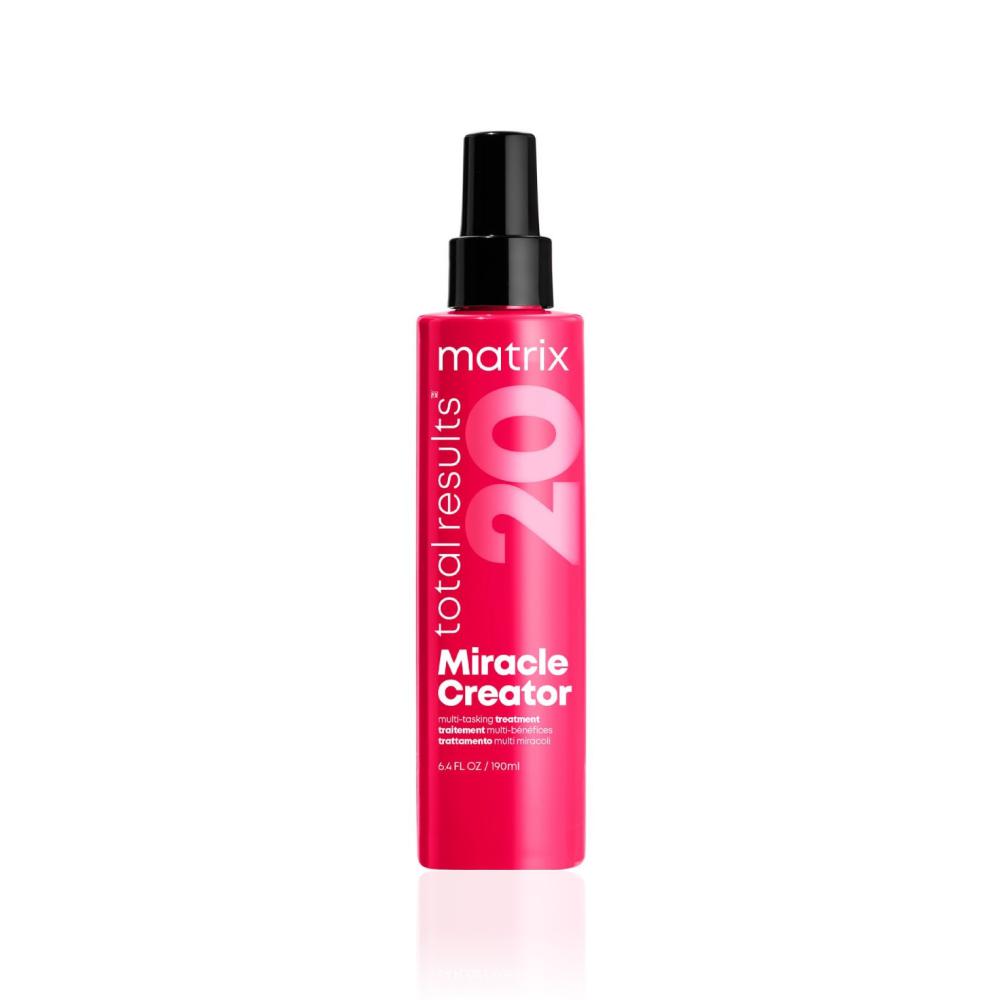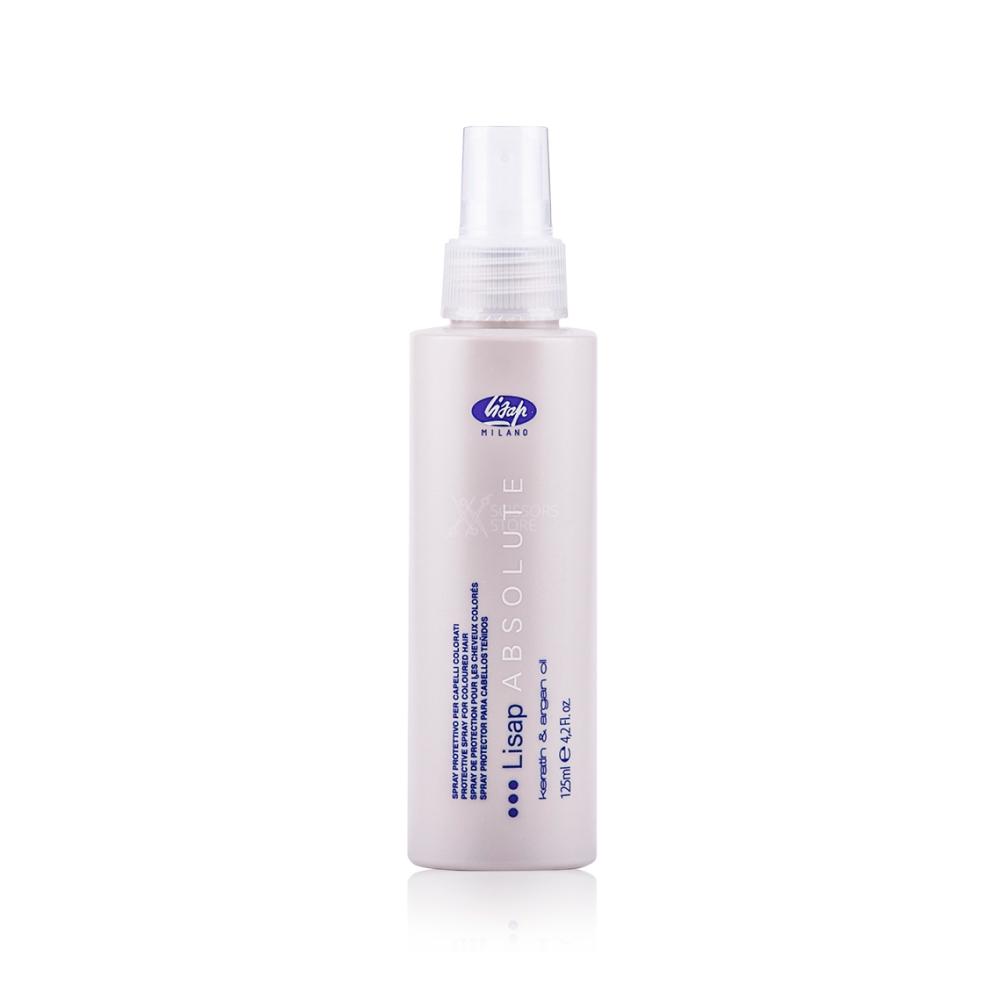

Cause of dry hair
The problem of dry hair most often occurs due to improper care, that is, not meeting the needs of the scalp and hair. You need to wash your hair exclusively with products selected for your hair and skin type. Temperature and time periods are equally important. Too hot water can damage your hair and cause increased sebum production. The intervals between washing your hair directly depend on the activity of the sebaceous glands. It is best to come for a consultation with a trichologist and together with him choose the optimal care regimen.
What factors influence
Dermatological and trichological problems can cause dry hair. When the scalp is not healthy, the hair often does not receive enough nutrients and loses moisture and elasticity.
Inadequate hydration of the body can negatively affect the condition of the hair and scalp. Therefore, do not forget about the drinking regime. At home, it is worth using household air humidifiers – they prevent the evaporation of moisture from the skin and hair.
The condition of the body in some cases affects the quality of hair. For example, a deficiency of iron and B vitamins can lead to dryness. It is also sometimes triggered by certain medications and diseases.
With age, hair gradually thins and loses moisture, so it often requires additional support from the inside.
A lack of important nutrients, including fats, proteins and Omega-3 fatty acids, can negatively impact hair health and lead to dry hair.
In winter, the role of protection is played by hats and hoods, in summer – light hats that do not transmit ultraviolet radiation. The sun and frost equally dry out the hair, so to maintain a sufficient level of moisture, you need to minimize their impact on the hair. It is important to choose a hat for the season – a warm hat in the fall will lead to sweating of the scalp, which can lead to the appearance of inflammatory and sometimes pustular rashes. Any hats should be removed indoors, again to prevent the scalp from sweating.

Combating dry hair
Dry hair is usually caused by two factors – thermal or chemical exposure. In the first case, this is any styling using thermal tools: curling irons, straighteners, hair dryers. It leads to evaporation of moisture. Hair dehydration can also be caused by a sudden change in climate – for example, traveling to a hot, sunny country. At the same time, both high and low temperatures can dry strands equally – moisture in frost begins to quickly evaporate from the hair structure.
Chemical exposure is the use of products or methods that have an aggressive effect on the hair. These include:
- shampoos with aggressive surfactants;
- frequent use of scalp peels;
- aggressive hair dyeing and bleaching;
- compositions for perm and straightening.
All of them lead to dehydration of the hair structure – the strands become brittle, lose elasticity and shine, and do not hold their style well.

Stylist tips
- Apply heat-protective products with silicones, which envelop the hair with a film and most effectively protect against moisture loss during hot styling or in the cold.
- Use heat tools at a gentle, not maximum, temperature. It is also important not to keep them on the strand being treated for a long time: 10–15 seconds is the maximum.
- Don’t go outside in winter with under-dried hair. Moisture instantly turns into ice, the strands freeze, which makes the structure brittle, it literally crumbles from the inside.
Home care to prevent dry hair
All products must be selected for your hair type; it is better to choose them together with a specialist. Ideally, these are shampoos with mild surfactants or sulfate-free, moisturizing (not nourishing) conditioners and balms. A good option is products for curly hair. The fact is that they are developed with a focus on hydration, not restoration, so they fill the hair with moisture without weighing it down.
- Once a week, apply a mask to the entire length of your hair and leave it on for 10-15 minutes.
- Use two leave-in products daily. For example, moisturizing milk, cream or cream spray (locally on dry areas) and thermal protection. In winter, it must be applied regardless of whether a hairdryer is used or not. Nowadays there are multifunctional products on the market that combine the above functions, so it is not necessary to purchase two different bottles.
Salon care
You can damage your hair in one go, but you won’t always be able to restore it as quickly as you can nourish it with moisture. Therefore, you need to be prepared for the fact that a course of procedures will be required for a lasting and long-lasting effect. As a rule, it involves five visits in increments of once a week.
If there is no time, express procedures are acceptable. They take 5-10 minutes and are compatible with most services. The express procedure gives a quick effect, but its duration is much shorter than the result obtained from the course treatment. Therefore, this is more of an SOS option; later the problem still needs to be solved by more serious methods.
Don’t forget to protect your hair, it will help prevent damage and dehydration. This is much easier than treating and restoring hair later.



